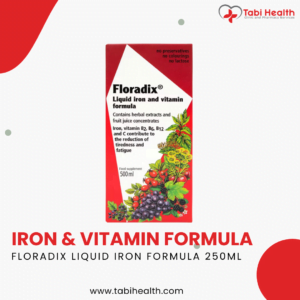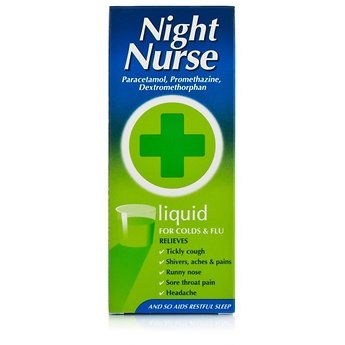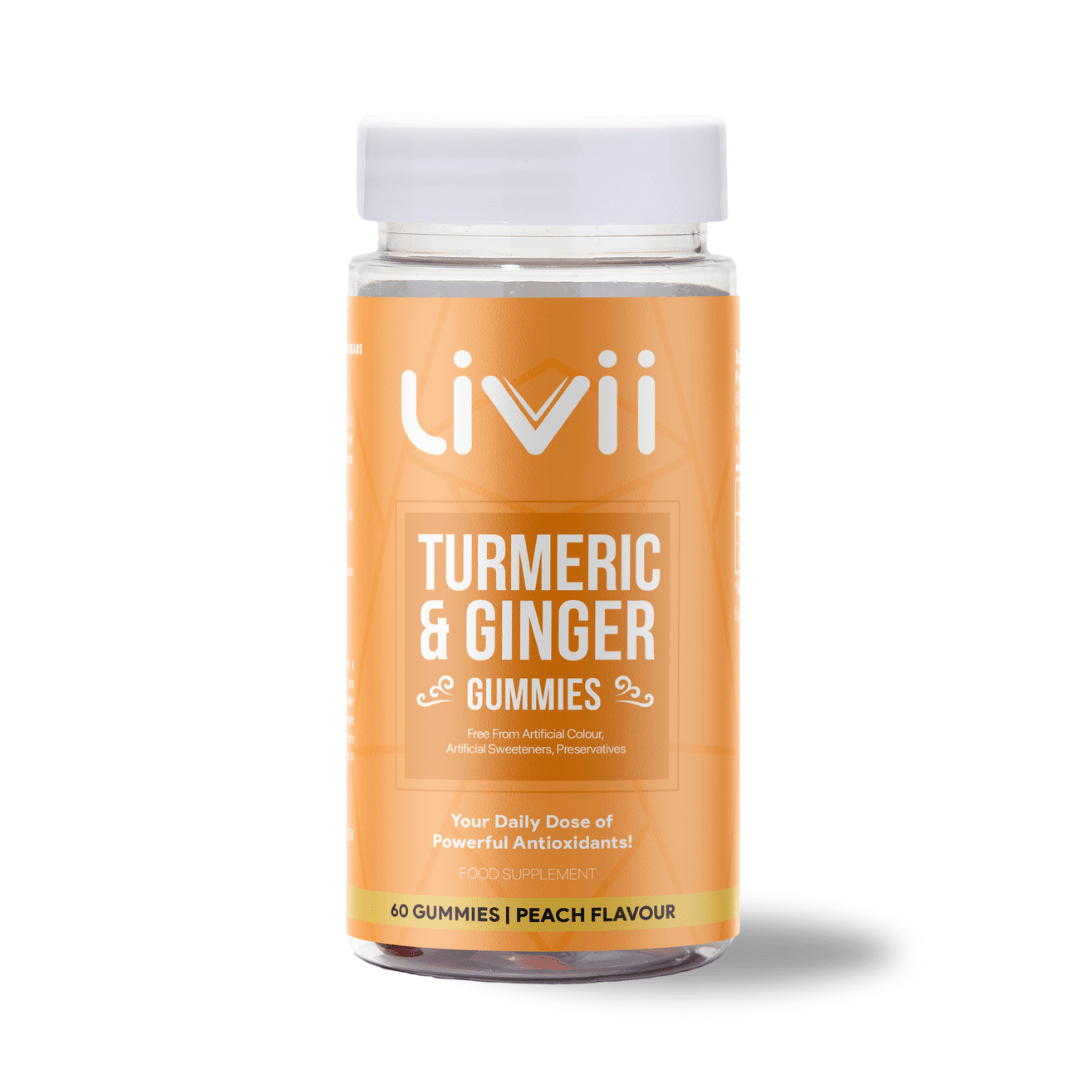Introduction
In the fast-paced world we live in, fatigue and exhaustion have become pervasive issues affecting countless individuals. The demands of modern life, coupled with various underlying health factors, can contribute to a state of persistent tiredness that goes beyond normal wear and tear. This article delves into the causes, symptoms, and potential treatments for fatigue and exhaustion.
Causes of Fatigue
Lifestyle Factors Irregular sleep patterns, poor nutrition, lack of exercise, and high levels of stress are common lifestyle factors that can lead to fatigue.
Medical Conditions Chronic conditions such asanemia, hypothyroidism, diabetes, and autoimmune diseases can contribute to persistent fatigue. Covid -19 has also played a part in recently, making more people tired than usual. Especially those with long Covid symptoms.
Mental Health Issues Conditions like depression, anxiety, and chronic stress can manifest physically as overwhelming fatigue.
Medications Certain medications may have fatigue as a side effect, affecting energy levels.
Symptoms of Fatigue and Exhaustion
Physical Symptoms Persistent tiredness, muscle weakness, headaches, and a decreased immune function leading to frequent illnesses.
Cognitive Symptoms Difficulty concentrating, memory lapses, and impaired decision-making.
Emotional Symptoms Irritability, mood swings, and a diminished capacity to handle stress.
Diagnosis
Identifying the root cause of fatigue requires a comprehensive evaluation. Medical professionals may conduct blood tests, assess sleep patterns, and inquire about lifestyle factors to pinpoint contributing elements.
Treatment Options
Lifestyle Changes Prioritize regular, quality sleep, maintain a balanced diet, engage in regular physical activity, and manage stress through techniques like meditation or yoga.
Medical Interventions Addressing underlying health conditions, adjusting medications, and receiving treatment for conditions likeanemia or thyroid disorders.
Supplements: Vitamins known to help reduce tiredness and fatigue are iron, vitamin B2, B6, B12 and vitamin C. Sometimes a little help is what the body needs to get back on track.
Psychological Support Therapy andcounseling can be instrumental in managing fatigue linked to mental health issues.
Preventive Measures
Maintain a Healthy Lifestyle Adopting habits that promote overall well-being can prevent the onset of fatigue.
Regular Exercise Physical activity not only boosts energy levels but also improves mood and overall health.
Stress Management Incorporating stress-reducing activities into daily life can alleviate mental and physical fatigue.
When to Seek Professional Help
If fatigue persists despite lifestyle changes or if it is accompanied by severe symptoms such as unexplained weight loss, persistent pain, or changes in bowel habits, seeking prompt medical attention is crucial.
Conclusion
Fatigue and exhaustion are complex issues that require a holistic approach to treatment. Identifying the underlying causes, adopting healthy lifestyle habits, and seeking professional guidance when needed can contribute to a significant improvement in energy levels and overall well-being. By understanding and addressing the root factors contributing to fatigue, individuals can reclaim their vitality and lead more fulfilling lives.
Disclaimer: Health articles on medical conditions are for information only and do not form a basis for diagnosis. We recommend that if you have any concerns, speak to your doctor or pharmacist for further help and guidance.









